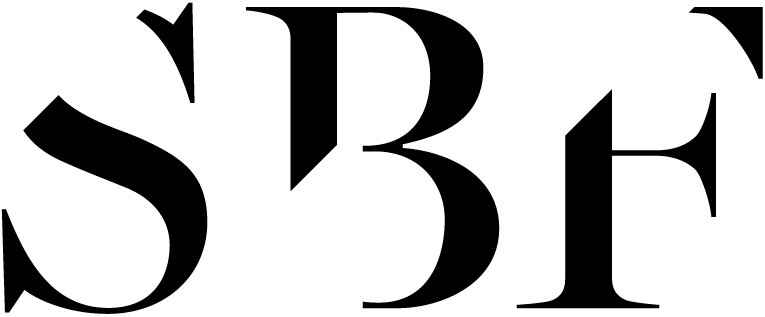Introductions
Greetings! I am pleased you have found me.
We all want to have a voice: to be heard. As a social practice artist, my art is my voice. Each time I create a new work, I extensively research each topic I address. I want to share some of the things I’m learning here – with you – as I take you behind the scenes of social practice art.
So join me as I pull back the curtain on my art.
First, a warning. I am not your typical artist/activist. I didn't even start out as an artist. Instead, I gained an MBA, worked in new product development in the pharmaceutical industry, and then spent time working on Capitol Hill. During an after-work pottery class, I discovered the artist who had been lurking inside of me and began a journey into different artistic methods and materials. It was through this process that I learned to use art as a powerful communications tool. Instead of being committed to one cause as activists often do, I read and research broadly, then create art to support a multitude of efforts.
Here are a few examples:
1) In 2021, I created In America: Remember, an art installation on the National Mall that visually manifested the pandemic's immense toll in lives lost. We blanketed the National Mall for seventeen days with 701,000 white flags, each honoring an American lost to COVID-19. Throughout the installation, we invited families to come to Washington DC to dedicate individual flags and created a website so those who were unable to travel could request flag dedications online – and later return to the website to see a photo of their flag flying on the Mall. As I type this, 20,000 dedicated flags are being archived at my studio. We even captured moments of profound emotion on film as families wrote and planted flags for their loved ones, creating a documentary short entitled, not even for a moment do things stand still. Even now, the grief of that time remains palpable.
Throughout In America: Remember, I was struck by the sheer enormity of the loss our country was experiencing and wanted to understand how we got to this place. I’m no stranger to exploring politics through art, but I wanted to go even further. With political extremism and rhetoric on the rise, I wanted to explore how politics had gotten us to this point and what it meant for the future of our country. That research is underway – and part of what I want to share with you here.
2) Just before the pandemic, I completed the last of seven art installations to decrease the stigma surrounding drug addiction. This art series, called Emp(a)t(h)y Fix, was inspired by a conversation I had with a 22-year old groundskeeper at a nature reserve on Bainbridge Island in Washington State. As the resident artist that damp March, I spent hours each day wandering 150 acres of truly awe-inspiring nature. There, I met this young man who explained his gratitude for his job as he had just been released from prison. At first, I noted that he looked too young to have already been to prison. As his story unfolded, my next body of work was becoming clear: When he was in the 8th grade, his single mom – wanting to have a way to relate – shared her Oxycontin with him. He became wildly addicted and ultimately was arrested in high school for selling drugs out of the boys’ bathroom. Old enough, he was sent to prison. His story forced me to toss out all of the preconceived notions I – and many others – held, of people addicted to drugs.
I began to travel around the country interviewing people about their stories with addiction. My seven-installation art series, the Emp(a)t(h)y Fix grew out of those amazing conversations. For previews of those art pieces, click here.
3) In my next phase of work, I want to combine the interview components that added compassion to Emp(a)t(h)y Fix with the political topics that emerged from In America: Remember – and I’m starting with what I’m calling “people research.” I’m going to be traveling around the country interviewing individuals about their perceptions of America – and the freedom (or lack thereof) they’re experiencing on a daily basis. I want to know about their hopes, their fears, and their predictions for the future of our nation. I will be interviewing people of all races, genders, sexual orientations, creeds, and political affiliation.
I invite you to join me on this journey, so I’ll start with a question:
As it stands today, what does freedom mean to you?
Thanks,
Suzanne
Find me on Instagram (@SBFirstenberg or @inamericaflags), on LinkedIn, or Substack

